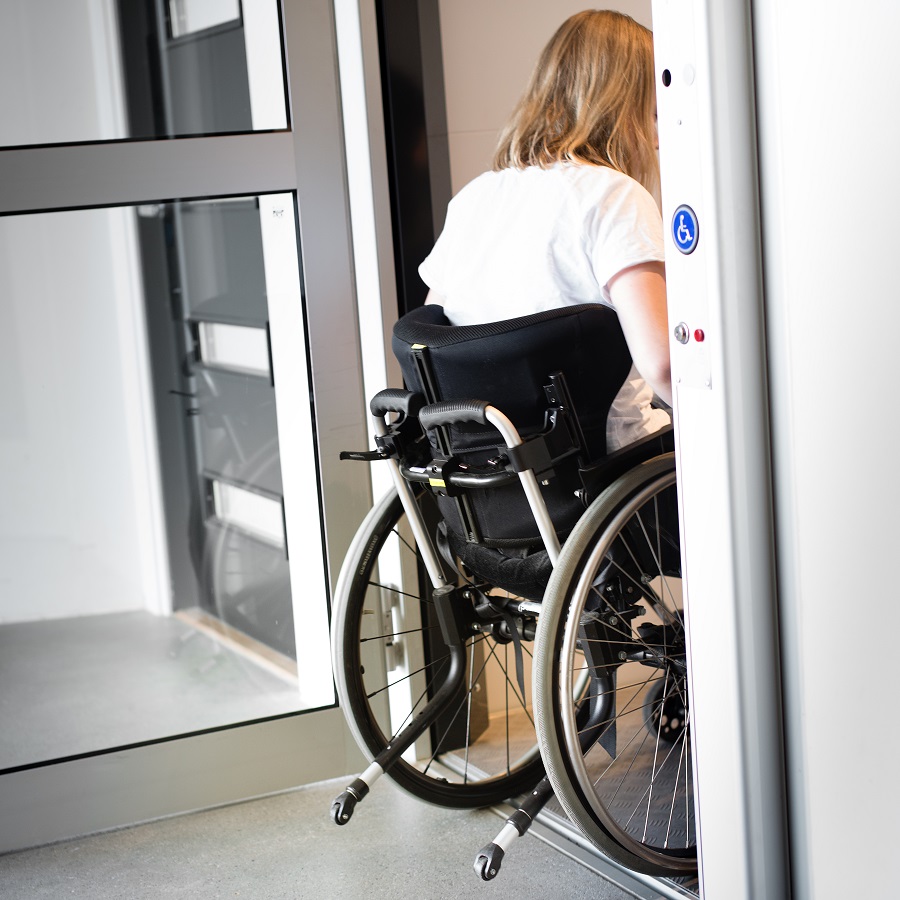How to Plan for a Residential Elevator Installation
Once upon a time, residential elevators were limited to the wealthy. Installation was an involved process, requiring the addition of a mechanical room, a breaker box, and sometimes necessitated rewiring the entire home. The remodeling alone was costly and time-consuming. Today, things are quite different. Modern residential elevators are more affordable and much easier to install. Still, it's a good idea to know what you can expect with an  elevator installation.
elevator installation.

1. Getting Started
First and foremost, it's crucial that you find an elevator that will meet your needs. There are some essential details to consider here. Space is perhaps the most important. How much room the elevator will occupy and the area of the home that's available both have to be considered carefully. If you have enough room, you can accommodate almost any residential elevator. Otherwise, you may need to opt for a compact elevator instead.
Once you have the right fit, style and maintenance are your main factors. Home elevators come in a number of different styles and designs, so this is a fairly open question. Maintenance could be a more pressing issue. Cable-driven elevators demand more maintenance and should have a yearly inspection to ensure they're running as expected. Hydraulic and vacuum models need less upkeep. Some models hardly have to be checked at all. If you love traditional elevators, a cable-driven model could work quite well. However, if maintenance is a concern, you probably want to look at more modern models. Speak with your technician to iron out the details, so you can find an elevator that suits you.
2. Preparation
Once you've decided on an elevator, the work is able to begin. Carpenters usually arrive the day before installation starts. They'll handle the initial cutting and construction. This allows an entryway to be created. It has to be suitable to accommodate and support the unit that you selected. The process isn't as involved or as demanding as you may think. Usually, this takes no more than a few hours. Of course, this is crucial in order to ensure a smooth final step of the project. The carpenters make everything else easier.
3. Final Phase
The final phase is the part that gets people excited about their new elevator. Professional installers typically arrive the day after the carpenters have completed their work. After they arrive, they'll begin installing the track and pulley system. Once this is completed, they'll install the elevator itself. If the elevator you selected has a self-contained battery, there's no need for rewiring. Otherwise, electrical work will have to be completed as well. Adding a circuit breaker may be required. For hydraulic lifts, the room has to be installed. Once this has been done, the process is almost finished.
After the construction and installation are complete, testing begins. The team should test and confirm that the elevator operates as expected. While onsite, they'll also ensure that you're comfortable using the elevator and answer any questions that you may still have. When you're happy with your elevator and able to use it effectively, they'll clear away any debris or packaging that remains. Your home should be cleaned and in good order before they leave.
The truth is that choosing the elevator you want is usually the most difficult part of the process. The  cost of home elevator installation is much more affordable than ever before. Modern elevators are also easier and take less time to install. Contact Stairlifts of Louisiana at (504) 715-6658 if you have any questions or would like to learn more about residential elevators.
cost of home elevator installation is much more affordable than ever before. Modern elevators are also easier and take less time to install. Contact Stairlifts of Louisiana at (504) 715-6658 if you have any questions or would like to learn more about residential elevators.








